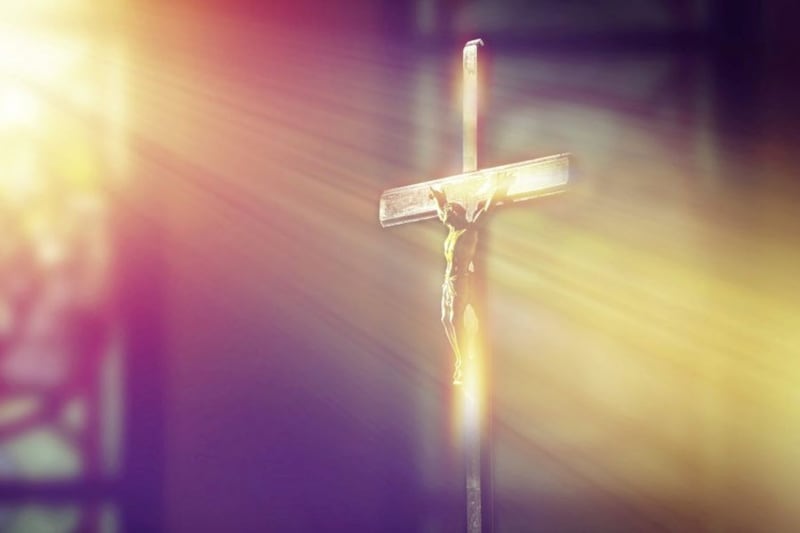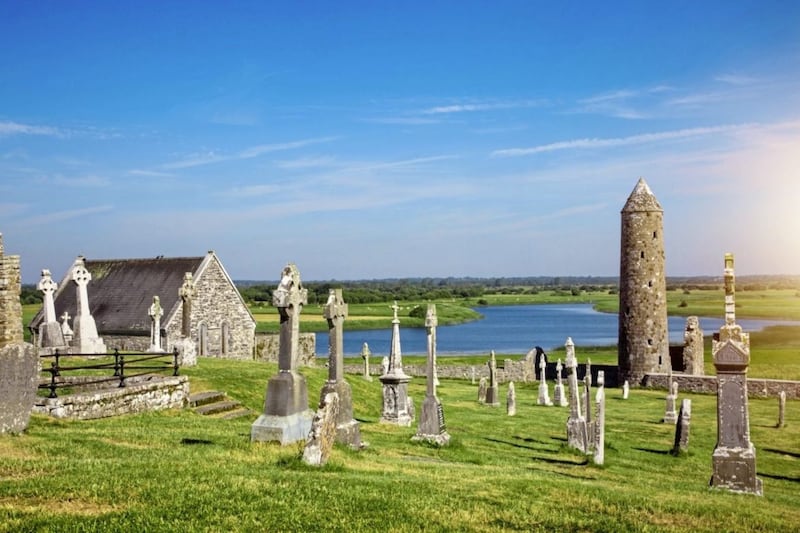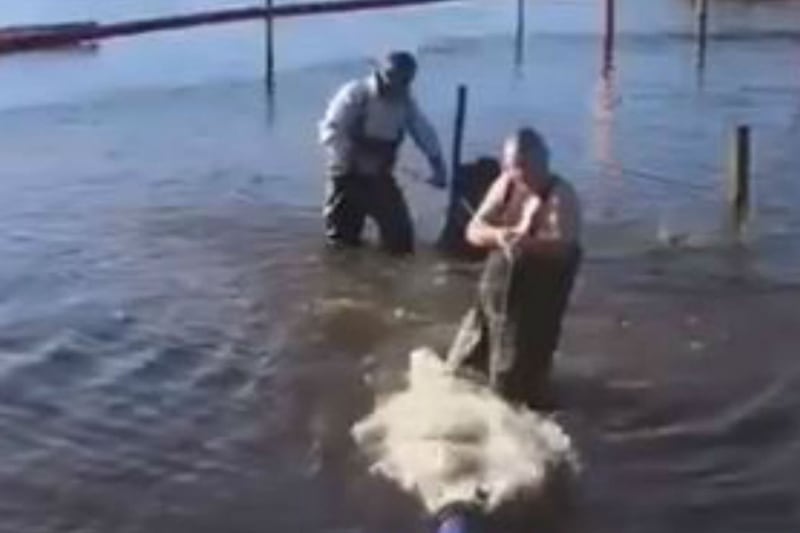MY COLLEAGUES laughed when I said Athlone was on my bucket list. One female workmate suggested it was destination reserved only for those having an affair. She was speaking from experience, her logic being that few outsiders went there, so the likelihood of being spotted by someone who knew you – or your absent spouse – was much reduced.
There would’ve been some truth in my colleague’s advice historically but over recent decades, this ancient settlement in the ‘middle of Ireland’, on the banks of the River Shannon, has been transformed. We – that’s my wife and I, incidentally – saw dozens of Dutch, Spanish, Americans and Germans during our two-night, midweek stay earlier this month and it’s unlikely they were all enjoying an extramarital dalliance.
Athlone was a place I’d wanted to revisit for the best part of 40 years. I say ‘revisit’, as I’ve passed through the town several times before, mostly as a child anticipating a holiday. Once upon a time, in an era before motorways and tolls, Athlone was the gateway to Connacht and the west. All the traffic heading for Galway from the east was filtered through the town across Custume Bridge, past the imposing castle on the west bank, across the road from the Church of Saints Peter and Paul, with its distinctive copper pitch roofs and dome.
The Shannon is broad here and roughly half way on its 224-mile journey to the Atlantic. It empties from Lough Ree a couple of miles north, then after flowing over the weir and past the locks in Athlone ventures southwards across flood plains towards the early Christian monastic settlement of Clonmacnoise, five miles downstream.
From pre-history Athlone has been an important and strategic crossing point. During a tour of the castle, we learn how Athlone was also on King Billy’s bucket list. The Williamite forces laid siege to the castle on two occasions, first unsuccessfully in 1690 and then again the following year when a 10-day bombardment of canon balls, diseased animal carcasses and human remains proved too much for the Jacobite forces within.
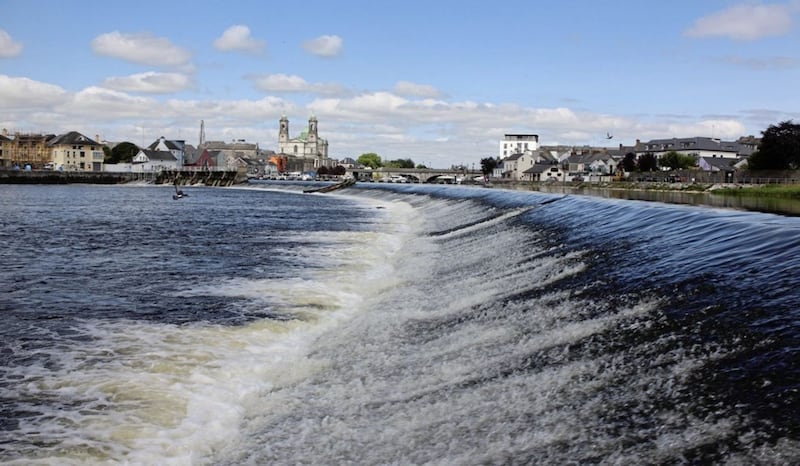
We survey the site of this historic conquest from across the river, three storeys up in our spacious suite at the Radisson Blu Hotel. Directly below us is the Athlone Marina, which during July is filled to capacity with pleasure boats and barges. Moorings on either side of the river are busy too. The vehicular traffic through the town may not be as heavy it once was but the waterway is bustling with boat life.
Whether you arrive by water or road, there’s plenty to do in what the marketing creatives have dubbed the ‘Hidden Heartlands’. Lough Ree offers fishing, cruising and at Hodson Bay, a 10-minute drive from Athlone, is Baysports – Ireland’s largest water park. Here there are a selection of floating water slides for kids of all ages, along with kayaking, peddle boats and paddle boarding.
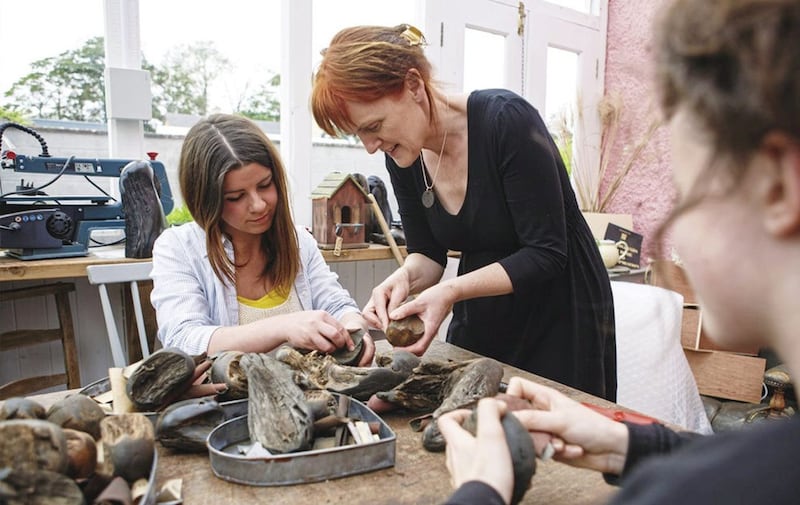
For cyclists, runners and walkers there’s a greenway stretching from the Athlone town centre eastwards along the route of a former railway for more than 20 miles to Mullingar. There’s no shortage of history either, ranging from the aforementioned Clonmacnoise to Dún na Sí Amenity & Heritage Park, which has a ring fort and a forge, as well as rich birdlife.
These are ideal activities for working up an appetite for an evening meal, as nowhere are the advances this Midlands’ town and surrounding area have made in recent years more evident than in its culinary offering. If dining in the town it’s hard to go past the Fatted Calf, which even on a Tuesday evening boasts something more akin to a weekend crowd. We are assured this is entirely normal and not all as result of tourist traffic.
The presence of several big multinationals and the Irish Defence Force barracks in the town are among a number of factors that have enabled Athlone’s added value busineses to thrive.
Originally located in Glasson, a village six miles to the north, the Fatted Calf’s husband and wife proprietors Feargal and Fiona O'Donnell brought their brand of ‘modern Irish’ cooking to the town centre four years ago and haven’t looked back since. Theirs is an adventurous, mildly pretentious menu built around quality local ingredients, but importantly it delivers on the promise, whether it’s pickled Irish silver darlings or a perfectly presented and unfeasibly tender, medium rare rump of lamb.
Meanwhile, the busy village of Glasson, doesn’t seem to have suffered overly from the Fatted Calf’s exit as it still has several quality eateries, including the Villager, an award-winning gastro pub that manages to cater for many tastes without sacrificing quality. The food here may be less opulent than the Fatted Calf but the dining experience is no less satisfying. A dash across the road to Grogan’s for a post-meal drink confirms that our ideal of the traditional Irish pub prevails and the formula remains simple – an uncontrived interior, a friendly crowd and a good pint.
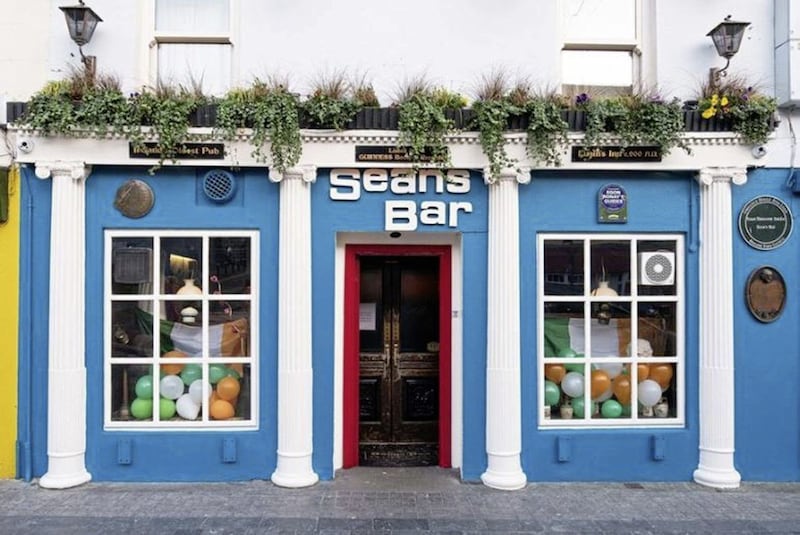
Culture and the arts are celebrated and promoted in the town and across the Midlands, at venues such as the Luan Gallery on the nascent ‘Left Bank’ or 15 minutes out of town at the Celtic Roots Studio in Ballinahown, where sculptor Helen Conneely runs Ireland’s first Économusée, a living museum where visitors can immerse themselves in the creative process.
A former engineer with Bord na Móna, Helen works with bog oak and other preserved native timbers recovered from the bogland when turf is harvested. While we file, sand and polish our own tennis ball-sized pieces of bog oak, she explains the wood's unique characteristics and how the art of carving in this ancient material fell out of fashion a century ago before enjoying a revival over recent decades.
Back in Athlone, with the sun shining, we’re naturally drawn to the river. In the shadow of the castle with its back doors opening on to the Shannon we find Seán's Bar, which dates back to 900 AD and is officially recognised by the Guinness Book of Records as the oldest pub in Ireland – and possibly the world.
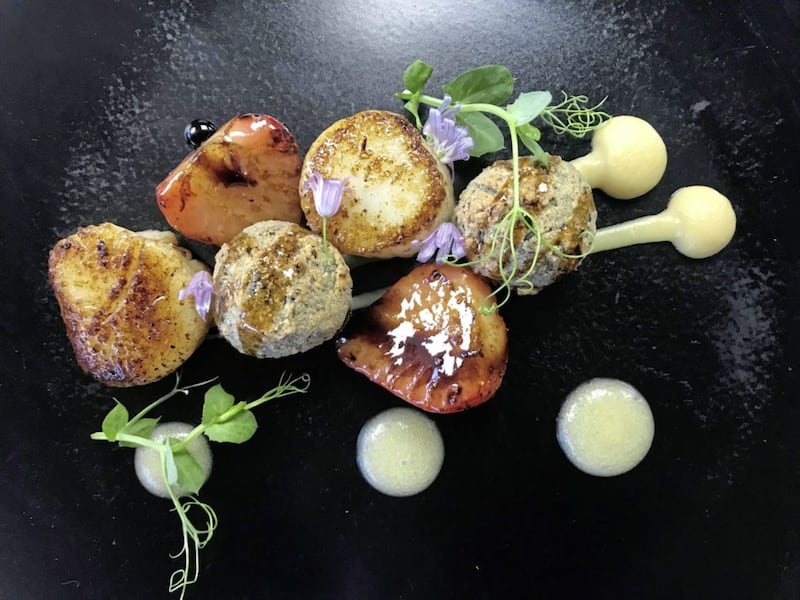
In addition to the nightly traditional music sessions and typical Midlands hospitality, the forward-thinking management at Seán's have also developed their own whiskey brand in recognition that the art of distilling in Ireland began in monasteries around 1500 years ago – the earliest recorded mention of whiskey is in the Annals of Clonmacnoise in 1405, describing the death of local chieftan Richard Magranell, who died at Christmas after taking a "surfeit of aqua vitae".
It's clear that while once Athlone was regarded as a stopover en route to somewhere else, it now ranks as a destination in its own right.
FACT FILE
:: John Manley stayed at the riverside four-star Radisson Blu Athlone, which has 128 rooms and the Synergy Health and Leisure Club, where visitors can enjoy the heated indoor pool, gym and sauna. Prices range from €100 - €500
:: He went kayaking at Baysports, Hodson Bay, which received a Trip Advisor Certificate of Excellence in 2018. Daily price: €35
:: John enjoyed a guided tour of the 12th century Athlone Castle, which reopened in 2012 after renovation and the creation of a multi-sensory visitor experience that includes a series of modern exhibitions, interactive games and a cinematic experience. Price: €4-€10.
:: Also in Athlone town, he visited the Luan Art Gallery, where the work many of the Midlands' most celebrated artists is displayed, before taking in a historical tour of Seán's Bar, a building of antiquity that has established a reputation for its welcoming atmosphere.






